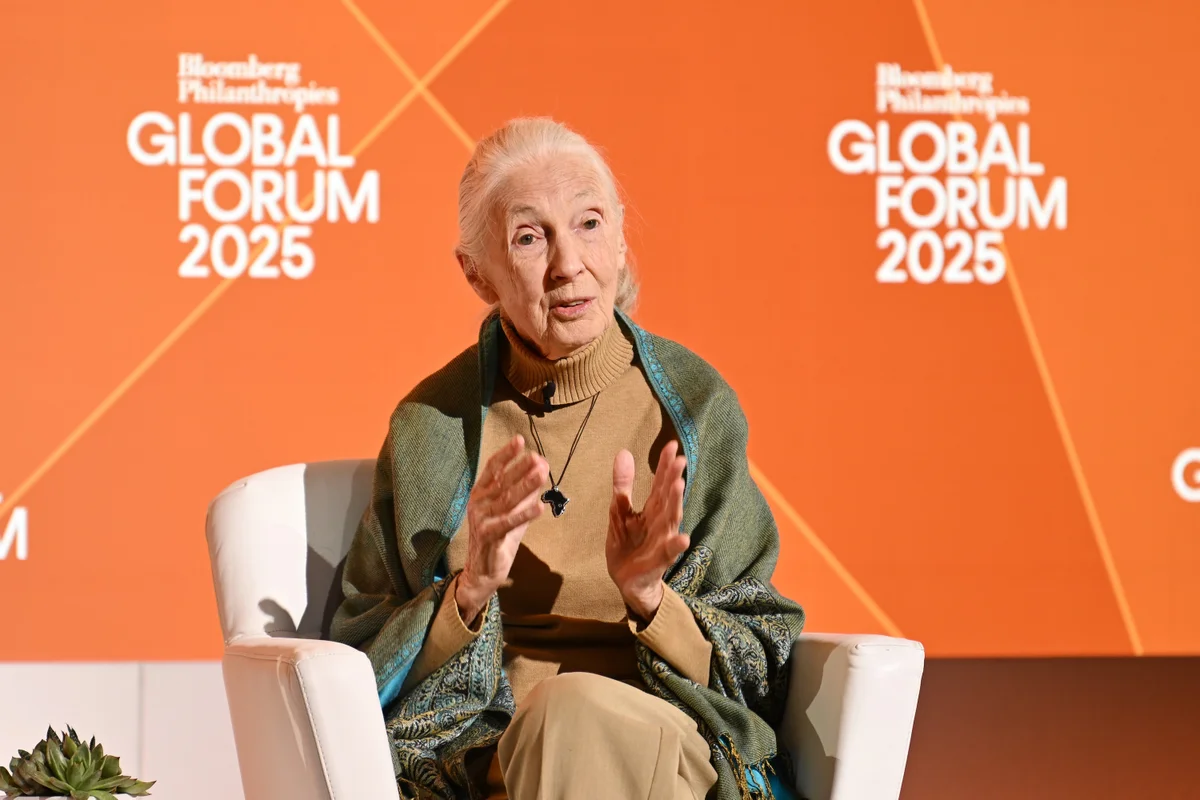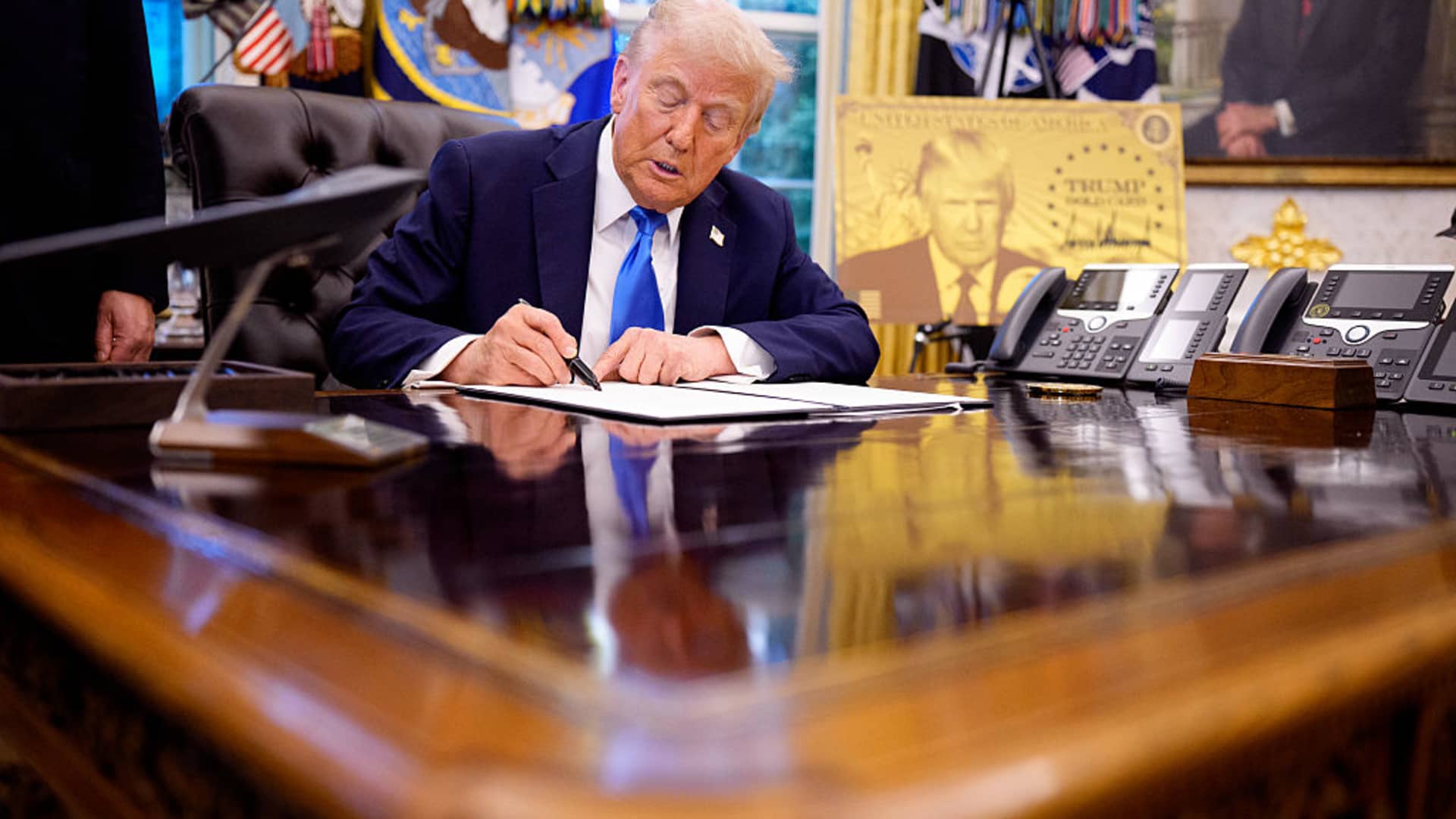
Iconic primatologist and conservation scientist Jane Goodall has died at the age of 91 from natural causes, according to a statement from the Jane Goodall Institute, which she founded in 1977.
Goodall was best known for her pioneering studies of chimpanzees in the wild. She visited Tanzania for the first time in 1960, when she was 26, and began observing chimpanzees at what was then called Gombe Stream Game Reserve. Unlike more traditional scientific observations, Goodall named the chimpanzees she watched, rather than referring to them by numbers, and she brought a keen eye and emotional connection to her view of their behaviors. (She also regularly went barefoot, according to the institute she founded.)
READ MORE: Jane Goodall Reflects on the Chimp Mind
On supporting science journalism
If you’re enjoying this article, consider supporting our award-winning journalism by subscribing. By purchasing a subscription you are helping to ensure the future of impactful stories about the discoveries and ideas shaping our world today.
Early in her work in Gombe, Goodall observed a chimpanzee she called David Greybeard at work foraging for termites using bits of plant matter. She documented tool use among chimps in an era when scientists believed that only humans had such capacity. Although Goodall said she had expected the chimpanzees she studied to be highly intelligent, the animals were scientific mysteries at the time.
As her research became more prominent, she became an iconic scientist—and an inspiration for women in science—and then an outspoken advocate of conservation.
Scientific American spoke with Goodall in 2010 to mark her 50th anniversary with chimpanzees and asked her what she considered her most significant contributions.
“Breaking down this perceived sharp line between us and other creatures,” Goodall said. “I think chimpanzees have helped people understand that we are part of and not separated from the animal kingdom, and that has opened the way to having respect for the other amazing beings with whom we share the planet.”



